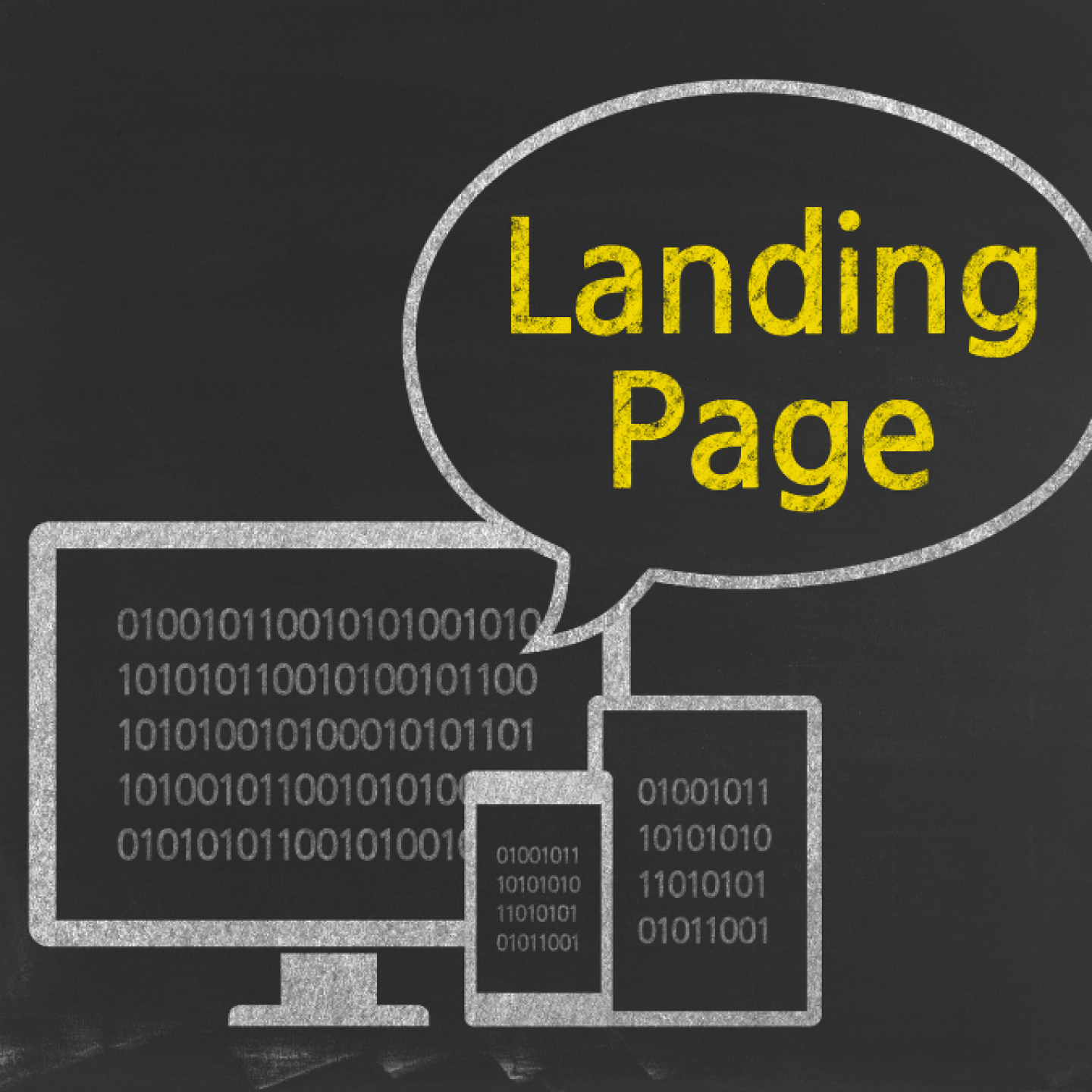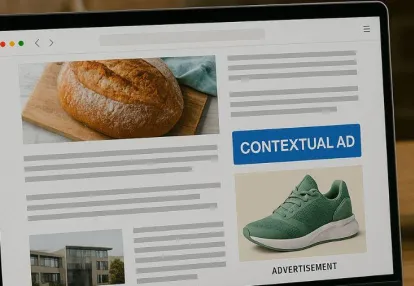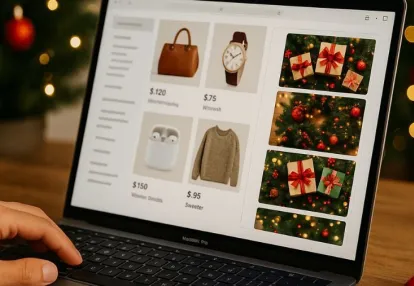
Our spy tools monitor millions of native ads from over 60+ countries and thousands of publishers.
Get StartedReferral landing pages are an important part of a successful referral program. These pages are specifically designed to encourage existing customers to refer new customers by highlighting the benefits and rewards they can receive. When done well, referral landing pages can greatly increase conversions and generate more referrals.
Here are some key elements that make a referral landing page effective:
Optimizing these elements will lead to higher conversion rates on your referral landing page. By using high-quality images that align with your brand, creating persuasive CTAs, and making it easy for visitors to navigate your page, you can create a landing page that effectively convinces them to refer others.
Conversion optimization is key in improving the performance of your referral landing page. Conducting A/B tests on different elements such as headlines, visuals, and incentives can help you identify what works best for your audience. For example, you could use Anstrex's expertise in analyzing successful native ads to create winning native advertising campaigns while maximizing your advertising budget.
By paying attention to these important factors and utilizing valuable insights like the ones provided by Anstrex's 4 Free Templates, you can create referral landing pages that not only attract visitors but also drive significant business growth.
Referral landing pages are specialized web pages designed to drive and facilitate referrals within a referral program. Unlike standard landing pages that aim to convert visitors into customers, referral landing pages focus on converting existing customers into active promoters of your brand.
The primary objective of a referral landing page is to encourage visitors to take action by referring others to your business. This involves:
Every effective referral landing page should include several essential elements:
To simplify the process of creating effective digital marketing templates for referral landing pages, you can explore Mailchimp’s digital marketing templates which offer pre-built templates for various marketing campaigns including referrals.
By focusing on these key components, you can build a referral landing page that not only captures attention but also drives high conversion rates.
The main goal of a referral landing page is to get visitors to take action and refer others to the business. With a well-designed landing page, you can effectively explain the value of your referral program and motivate users to join in.
Here are the key purposes of a referral landing page:
By focusing on these objectives, you lay the foundation for a successful referral marketing strategy that not only attracts new customers but also fosters long-term loyalty among existing ones.
An effective referral landing page is crucial for the success of your referral program. It plays a vital role in grabbing visitors' attention and leading them towards taking the desired action. To create such a landing page, make sure to include the following key components:
Your headline should immediately convey the value of participating in the referral program. Use powerful words and phrases that spark curiosity and excitement in your visitors.
Clearly highlight the rewards or incentives for both referrers and referees. This can include discounts, exclusive perks, or any other benefits that make participation appealing.
Your call-to-action (CTA) button should stand out visually and have compelling text. Use action-oriented language that encourages immediate engagement, such as "Refer Now" or "Get Your Reward".
High-quality images or videos that are relevant to your brand can significantly enhance the appeal of your landing page. Ensure these visuals align with your overall brand aesthetic and tone.
Simplify the registration process by asking for minimal information in your form. A lengthy form can discourage potential participants, so focus on gathering only essential details.
Incorporate testimonials or user reviews to build trust and credibility. Highlighting positive experiences from existing customers can persuade new visitors to join the referral program.
Maintaining consistency in colors, fonts, and messaging helps reinforce your brand identity. This creates a cohesive experience that builds trust and recognition among your audience.
Design a layout that's easy to navigate. Visitors should find it straightforward to understand how the referral program works and what steps they need to take to participate.
These elements collectively contribute to a higher conversion rate, driving more referrals through an optimized landing page that engages visitors effectively.
Visual imagery is important in grabbing visitors' attention on a referral landing page. Using high-quality images or videos that relate to your brand can improve the design and message, making the page more attractive and interesting. It's also important to use visuals that match your brand style to maintain consistency and build trust.
Designing an easy-to-use navigation menu is just as crucial. It helps users navigate through your referral landing page smoothly and complete desired actions without any problems.
By focusing on these visual and navigational elements, you create a user-friendly experience that encourages participation in your referral program.
Crafting an attention-grabbing headline is crucial for a successful referral landing page. The headline should immediately communicate the value of your referral program. Use power words that evoke emotion or curiosity and make it specific to what visitors will gain. For example, instead of a generic "Refer a Friend," choose something like "Earn $20 for Every Referral." This approach makes the benefit clear from the start.
A clear call to action (CTA) is equally important. Your CTA needs to guide users smoothly towards the referral process. Make sure it stands out visually by using contrasting colors and placing it prominently within the page layout.
Combining catchy headlines with compelling CTAs can significantly improve engagement rates on your referral landing page, leading to higher conversions and more referrals.
Social proof can have a big impact on whether or not someone decides to join your referral program. When potential participants see that others have already had a positive experience and received rewards, they're more likely to trust your offer and take action.
There are a few different ways you can showcase testimonials and user reviews on your landing page:
It's important to clearly explain what's in it for both the person referring others and the friends they're referring:
By using social proof effectively, you can build trust with potential participants and show them the real-world advantages of getting involved in your referral program.
An effective referral landing page should include a comprehensive FAQ section to address any doubts or concerns that visitors may have. This section serves multiple purposes:
Incorporating a well-crafted FAQ section not only addresses potential concerns directly but also motivates referrals by ensuring transparency about customer benefits and rewards.
Conducting A/B tests is essential for refining the performance of your referral landing page. By comparing two versions of a page element, you can determine which one drives higher conversions. Focus on key elements when running experiments:
Tip: Use tools like Google Optimize or Optimizely for conducting A/B tests easily.
Optimizing CTAs through effective copywriting and design strategies can significantly boost conversion rates. Follow these best practices:
Combining these optimization techniques helps create a more effective referral landing page that encourages users to take action, ultimately driving higher conversions and increasing referrals.
Once you have built an effective referral landing page, the next step is to drive traffic to it and encourage user participation through strategic promotion. Explore various channels and tactics for promoting your referral landing page:
Ensure your referral landing page is easily accessible from key areas of your website. Place links prominently on the homepage and within the website's navigation menu or footer. This visibility can significantly increase traffic.
Share your referral program through engaging blog posts that highlight its benefits. Use email campaigns and newsletters to reach out to your existing customer base with personalized invitations to participate in the referral program. This approach can help you tap into a wider audience.
Social media can amplify your referral program's reach. Integrate social media sharing buttons on your landing page to make it easy for visitors to share your offer with their networks. This not only increases visibility but also leverages the trust and credibility of personal recommendations.
These strategies ensure that your referral landing page receives the attention it deserves, driving more traffic and increasing the likelihood of conversions.
Building effective referral landing pages is crucial for the success of your referral program. These pages serve as the gateway for potential referrers and referrals, making it essential to optimize them for higher conversion rates.
Key points to remember include:
By incorporating these elements, you ensure that your referral landing page is not only engaging but also persuasive. Utilizing A/B tests can help fine-tune your messaging and visuals, making sure you capture the maximum number of referrals possible.
Encourage readers to implement the strategies discussed throughout this guide. Continually testing different approaches will lead to constant improvement and greater success in your referral programs over time.
Optimize, promote, and keep refining your referral landing pages. The results will speak for themselves as you see increased engagement and more referrals generated.
Receive top converting landing pages in your inbox every week from us.
Must Read
As third-party cookies fade away, contextual targeting is making a powerful comeback. Learn how to leverage native ads that align with user intent and content relevance to maintain high engagement and conversions. Discover modern tools and tactics that make cookie-free targeting both precise and scalable. Ideal for advertisers seeking privacy-friendly ways to drive performance in 2025 and beyond.
Liam O’Connor
7 minDec 9, 2025
Recently Updated
Native ads can make or break your holiday marketing success. Explore how to evaluate your recent campaigns and identify what worked—or what fell short—with native advertising. Learn key optimization tactics to boost engagement, strengthen audience trust, and increase conversions in future promotions. Ideal for marketers aiming to refine their ad strategies after the holiday rush.
Elena Morales
7 minDec 1, 2025
Quick Read
After Black Friday, shoppers crave more than just deals—they want connection and meaning. Explore how creative storytelling can turn post-sale campaigns into powerful conversion drivers. Learn how to craft narratives that build trust, strengthen brand loyalty, and inspire action beyond discounts. Perfect for marketers aiming to keep engagement high long after the sales frenzy ends.
Marcus Chen
7 minNov 29, 2025




